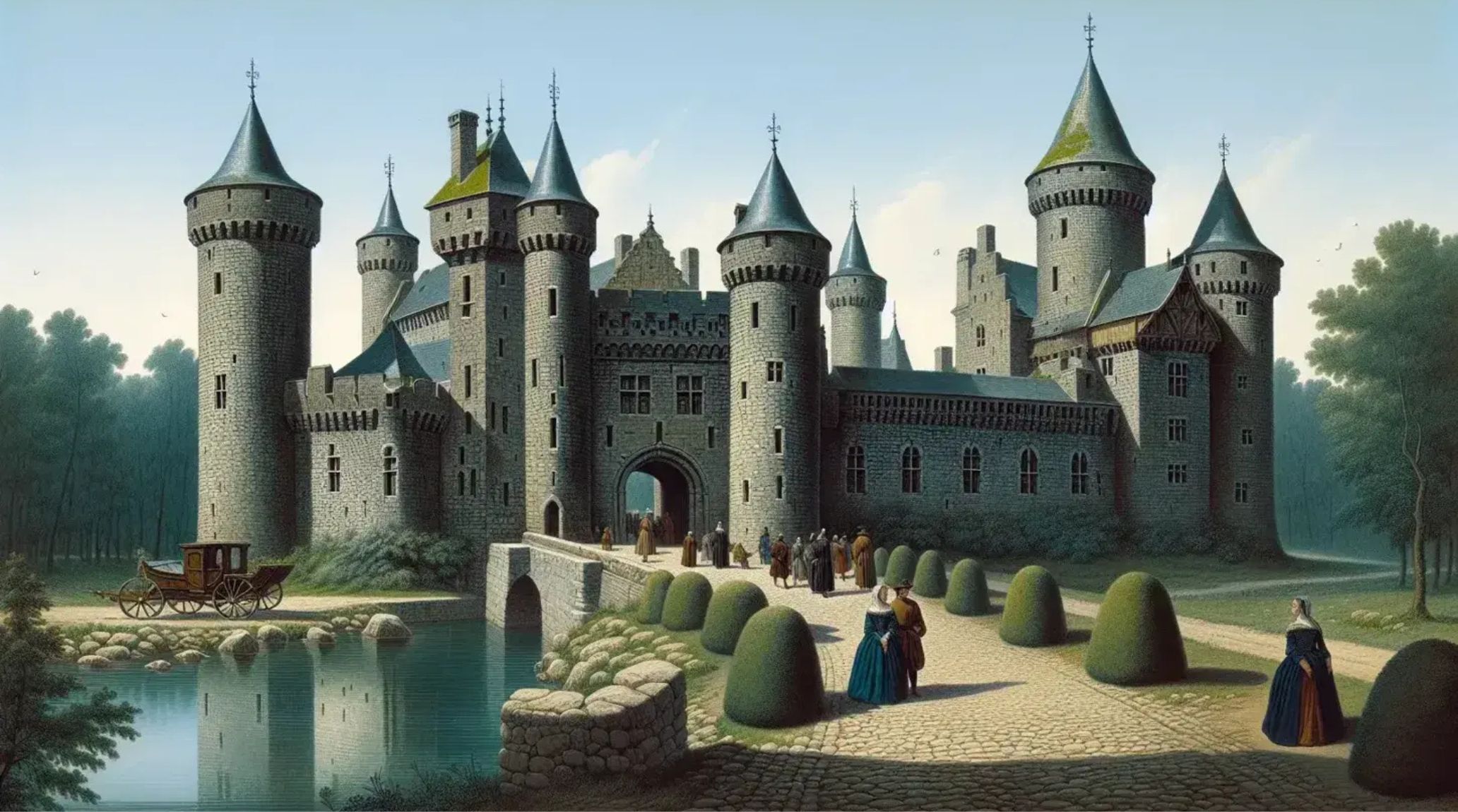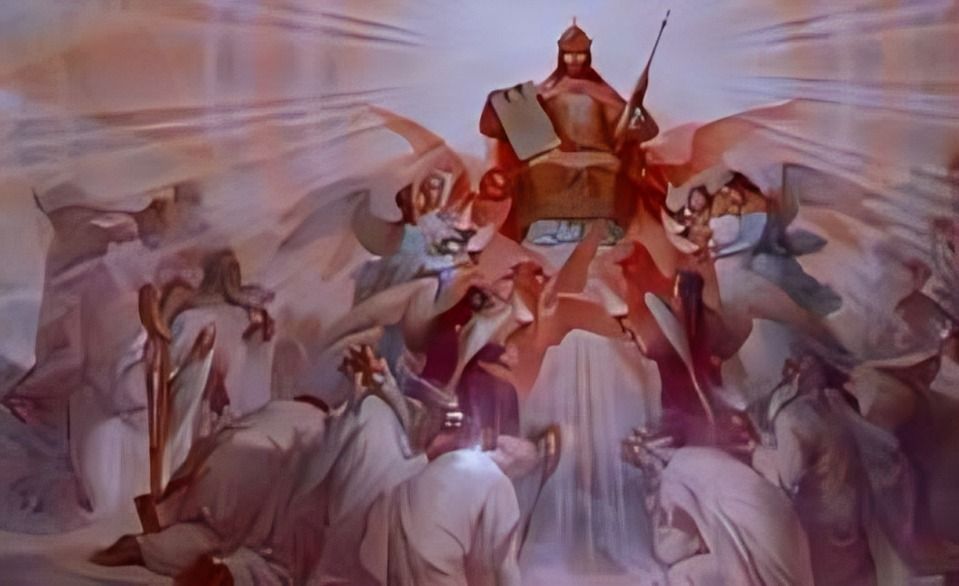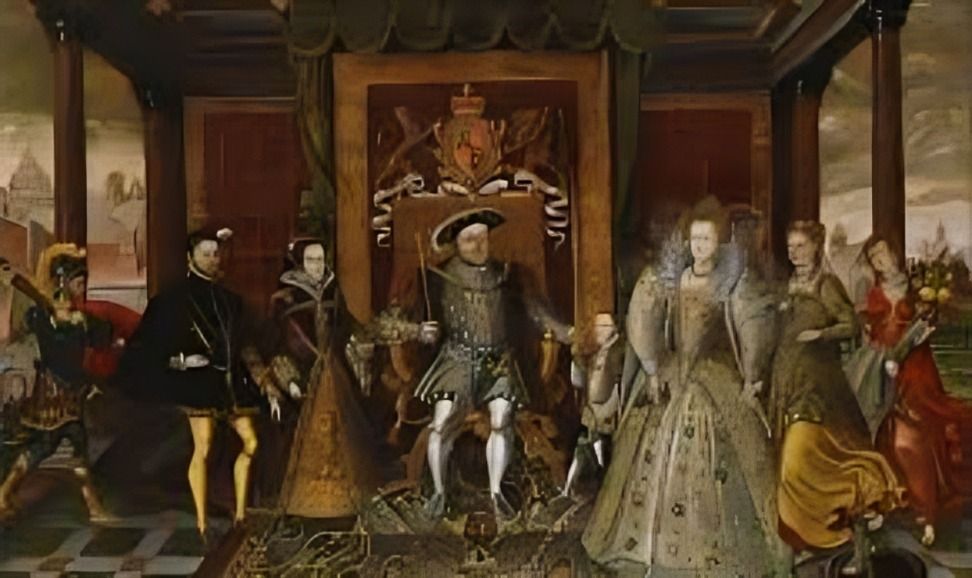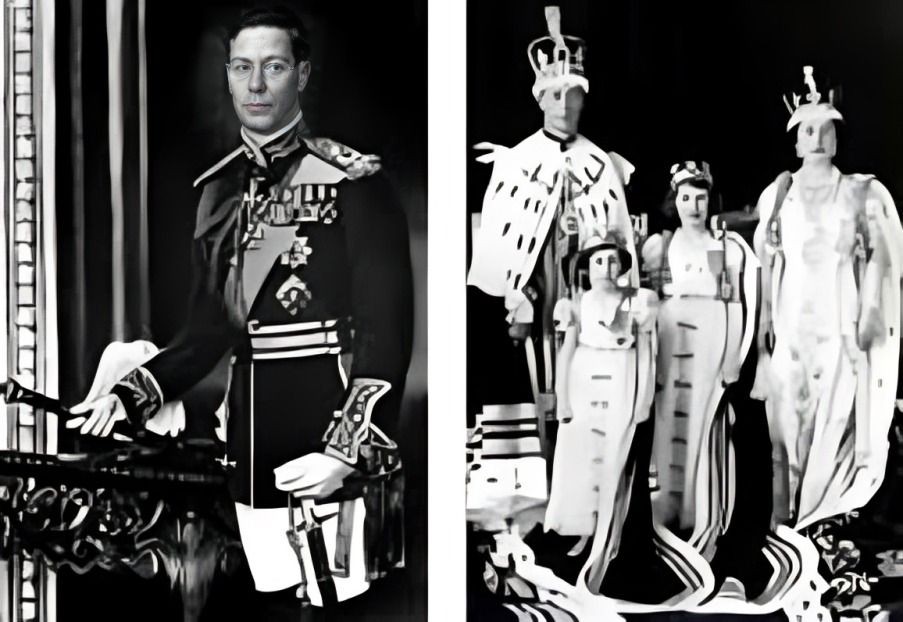
“
The growth of monarchies and centralized power profoundly shaped the political and social landscapes of history. Monarchs consolidated authority, laying the foundations for modern governance. This era witnessed the rise of absolute monarchies, centralized administrations, and influential royal courts. From the power struggles of medieval kings to the dominance of absolutist rulers, these developments altered the dynamics of power and governance. Explore The Growth of Monarchies and Centralized Power: 20 Key Facts to uncover the pivotal moments, influential leaders, and lasting impacts of this transformative period in global history.1
1
”
The rise of monarchies in Europe was influenced by the need for strong, centralized authority to protect territories, manage resources, and prevent internal conflict during the Middle Ages.1
Feudalism, where power was decentralized among nobles, began to give way to more centralized monarchies as kings sought greater control over their lands and subjects. 2
The consolidation of royal power during the medieval period often involved conflict between kings and nobles, with monarchs seeking to limit the power of local lords. 3
One of the first successful movements toward centralized monarchy was seen under King William I of England after the Norman Conquest in 1066, who centralized control over the kingdom.4
Kings were able to assert power through the creation of standing armies, which were loyal directly to the monarch, reducing the influence of feudal armies that were under noble control. 5

The concept of divine right, which held that God chose monarchs, helped justify the absolute authority of kings and the weakening of feudal lords during this period.
In France, the reign of Louis XI (1461-1483) marked a significant shift towards centralized authority, as he weakened the power of nobles and expanded the royal bureaucracy.6
The Hundred Years' War (1337-1453) between England and France allowed both countries to develop stronger centralized monarchies as they built larger, more efficient armies. 7
The Magna Carta, signed in 1215, was a result of English nobles challenging the king’s power, but it also set limits on the monarchy and laid the groundwork for constitutional government. 8
In Spain, the unification of the kingdoms of Castile and Aragon under Ferdinand and Isabella in 1469 marked the rise of a more centralized Spanish monarchy. 9
The growth of a powerful bureaucracy often accompanied the rise of centralized monarchies, as kings established institutions to oversee taxes, law enforcement, and military organization. 10

In England, the Tudor dynasty (1485–1603) played a pivotal role in centralizing power, with Henry VII reducing the influence of nobles and strengthening royal control over the kingdom.
The rise of trade and commerce supported the development of a centralized monarchy, as kings sought to control economic resources and ensure the loyalty of merchants and traders. 11
Kings often used marriage alliances with other royal families to consolidate power, as seen in the marriage of Henry VIII to Catherine of Aragon, which strengthened England's ties with Spain.12
The Black Death of the 14th century had a profound impact on the growth of monarchies, as it led to the decline of feudalism and the increased centralization of power in the hands of kings. 13
The creation of royal courts and legal systems during the rise of monarchies helped to centralize authority and standardize laws across vast territories, reducing the influence of local courts. 14
The rise of centralized monarchies also led to the emergence of nation-states, where kings governed large, unified territories, leading to the decline of smaller, fragmented feudal territories.15

The use of royal patronage was another key tool in consolidating monarchial power, as kings sponsored the arts, architecture, and religious institutions to legitimize their rule.
Monarchs like Frederick II of the Holy Roman Empire sought to establish centralized control over the empire, challenging the autonomy of local princes and the power of the church. 16
The development of a centralized monarchy often led to more stable economies and stronger military forces, setting the stage for the rise of European powers in the modern era. 17


